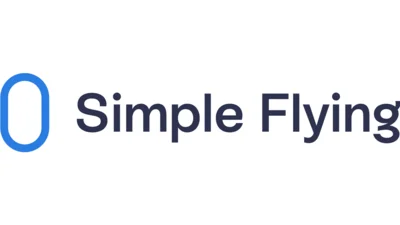The AV-8B Harrier operates in diverse environments and missions, powered by a single Rolls-Royce Pegasus F-402 turbofan engine capable of producing up to 23,500 lbf (105 kN) of takeoff thrust. This high thrust-to-weight ratio enables vertical takeoff and landing while maintaining performance in hot, high, and extremely humid conditions. The swiveling nozzles optimize thrust during vertical operations.
2. Thrust Vectoring
Thrust vectoring or thrust vector control (TVC) allows the aircraft to manipulate the direction of thrust to control altitude or angular velocity. Rather than relying solely on control surfaces like ailerons, elevators, and rudder, directional control is also achieved through TVC. This capability significantly improves agility and mission success during high-intensity combat.
3. Close Air Support (CAS)
The AV-8B Harrier provides direct support to ground troops with its armament including a General Dynamics GAU-12 Equalizer 25 mm rotary cannon, AIM-9 Sidewinder missiles, AGM-65 Maverick missiles among others. Its V/STOL capabilities enable operations in close proximity to friendly forces under various conditions such as night or low-light levels.
4. Precise Targeting
With its ability to land vertically using swiveling engine nozzles, the Harrier can launch weapons at targets more precisely than non-VTOL aircraft. It carries general-purpose bombs, cluster munitions, laser-guided bombs, anti-tank missiles, and infrared-guided air-to-air missiles for precise low-altitude targeting.
5. Ability to Carry Full Payload
The Harrier can carry full weapons and fuel loads when using conventional or Short Takeoff and Landing (STOL) methods. Although vertical takeoff with a full load is not possible, short airstrips and carrier decks facilitate this process during strategic missions.
The United States Marine Corps currently operates the largest fleet of Harrier II aircraft for various missions with weapon payloads determined based on mission requirements.
 Alerts Sign-up
Alerts Sign-up




































